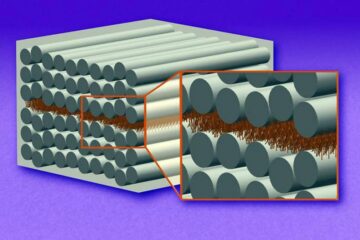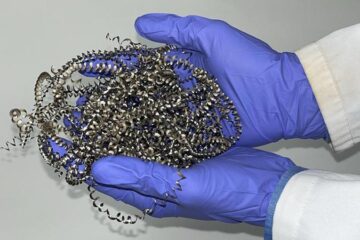This grass is still greener

In areas of the U.S. where golfers can enjoy the game year-round, winter temperatures, foot and equipment traffic, and frost can wreak havoc on healthy greens and present challenges for course managers and owners.
Creeping bentgrass (Agrostis stolonifera var. palustris Huds.), a turfgrass commonly used on golf course putting greens, is often preferred because of its year-round green color, ball roll, and playability. But managing bentgrass turf presents unique challenges from temperature fluctuations and frost, which can result in delayed tee times for golfers and lost revenue for course owners. Winter traffic from golfers, equipment, and animals can also cause damage and discolor greens.
In response to this common golf course management issue, researchers at Clemson University initiated a study to determine the impact of foot and mower traffic on winter bentgrass performance. The study determined that time and type of traffic significantly influenced bentgrass winter performance,
“This study indicates bentgrass damage resulting from winter traffic is limited to winter and early spring months, and full recovery should be expected by summer”, explained Haibo Liu, lead author of the research study published in the American Society for Horticultural Science journal HortScience. “During winter months, decisions regarding golf course set-up and the timing of play are important when temperatures approach zero degrees Centigrade. Often, tee times (during winter) are delayed or canceled, resulting in lost revenue and tension between golfers and course superintendents.”
The report recommended that golf course practitioners should proceed cautiously when allowing traffic on turfgrass immediately after a frost melt, and concluded that, although bentgrass suffers damage and discoloration resulting from winter traffic (in the eastern part of the transition zone), full recovery should be expected in the spring when temperatures remain above freezing.
Media Contact
More Information:
http://www.ashs.orgAll latest news from the category: Agricultural and Forestry Science
Newest articles

“Nanostitches” enable lighter and tougher composite materials
In research that may lead to next-generation airplanes and spacecraft, MIT engineers used carbon nanotubes to prevent cracking in multilayered composites. To save on fuel and reduce aircraft emissions, engineers…

Trash to treasure
Researchers turn metal waste into catalyst for hydrogen. Scientists have found a way to transform metal waste into a highly efficient catalyst to make hydrogen from water, a discovery that…

Real-time detection of infectious disease viruses
… by searching for molecular fingerprinting. A research team consisting of Professor Kyoung-Duck Park and Taeyoung Moon and Huitae Joo, PhD candidates, from the Department of Physics at Pohang University…





















